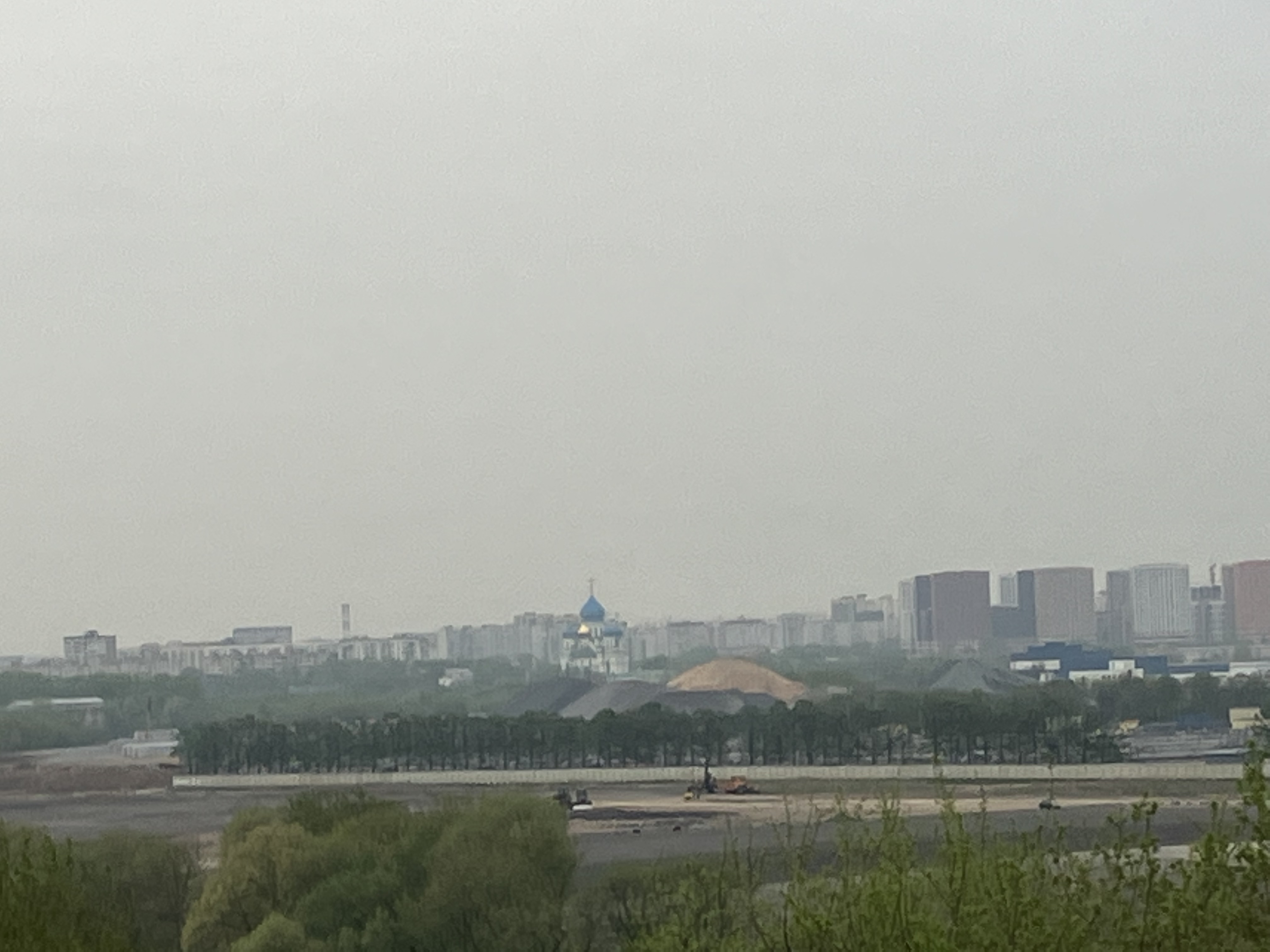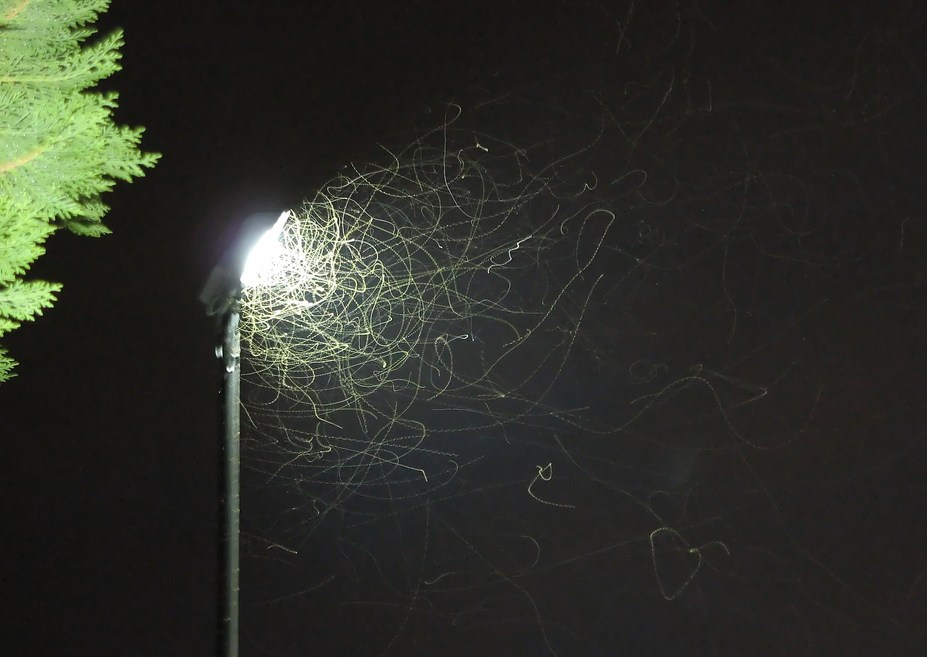Imaginings
stories, creative nonfiction, poetry, and other imaginative accounts of the natural world
-
Russian Environmental Politics: Reading Between the Lines—Wartime Ecology: Guns Before Forests

By Vita Lacis: Russian governmental measures at the outset of their invasion of Ukraine loosened numerous environmental regulations to prop up Russian industry and business enterprises. Two years into the war the economy still seems to be going strong. But what are the costs to the environment?
-
Fifty Years Ago, Cockchafers Belonged to Spring…

By Birgit Müller and Susanne Schmitt We met Ernst-Gerhard Burmeister at the Bavarian State Collection of Zoology where he has dedicated most of his professional life to the amazing collection of over 25 million zoological specimens, one of the largest natural history collections in the world.
-
Asia and the Pacific: Environments—Cultures—Histories
Workshop Report (LMU-ChAN Satellite Conference, 3–5 November 2017, Rachel Carson Center, Munich, Germany) by Travis Klingberg (All sketches by Libby Robin) Flood-proof cities. The social costs of waste incineration. Water level changes in the Pearl River Delta. The environmental impact of nineteenth-century Chinese immigration across the Pacific. These are a sample of the topics discussed…
-
Uses of Environmental History: Don Worster
This is the fourth in a series of posts exploring the uses of environmental history. The series has been adapted from contributions to a roundtable forum published in the first issue of the new Journal for Ecological History, edited by Renmin University’s Center for Ecological History. By Donald Worster If I did not believe that environmental history is already useful and…
-
Uses of Environmental History: Stefania Barca
This is the second in a series of posts exploring the uses of environmental history. The series has been adapted from contributions to a roundtable forum published in the first issue of the new Journal for Ecological History, edited by the Renmin University’s Center for Ecological History. “On €˜The Political’ in Environmental History” By Stefania Barca “Only mass social movements…
-
Making Tracks: Paula Ungar
In the “Making Tracks” series, RCC fellows and alumni present their experiences in environmental humanities, retracing the paths that led them to the Rachel Carson Center. For more information, please click here. “Walking the Line between Worlds” By Paula Ungar The first thing I wrote of which I have clear memory is a short verse…
-
Schneefernerhaus: The 15th Anniversary of the Environmental Research Station at Zugspitze
By Sibylle Zavala, RCC Environmental Studies Certificate Program candidate. Built into the rocks of the Zugspitze´s southern slope, 2,650 meters above sea level, is Germany’s highest research station. The Environmental Research Station Schneefernerhaus (in German “Umweltforschungsstation Schneefernerhaus, UFS”) acquired its name from the nearby glacier and comprises research station, observatory, and communication facility.
